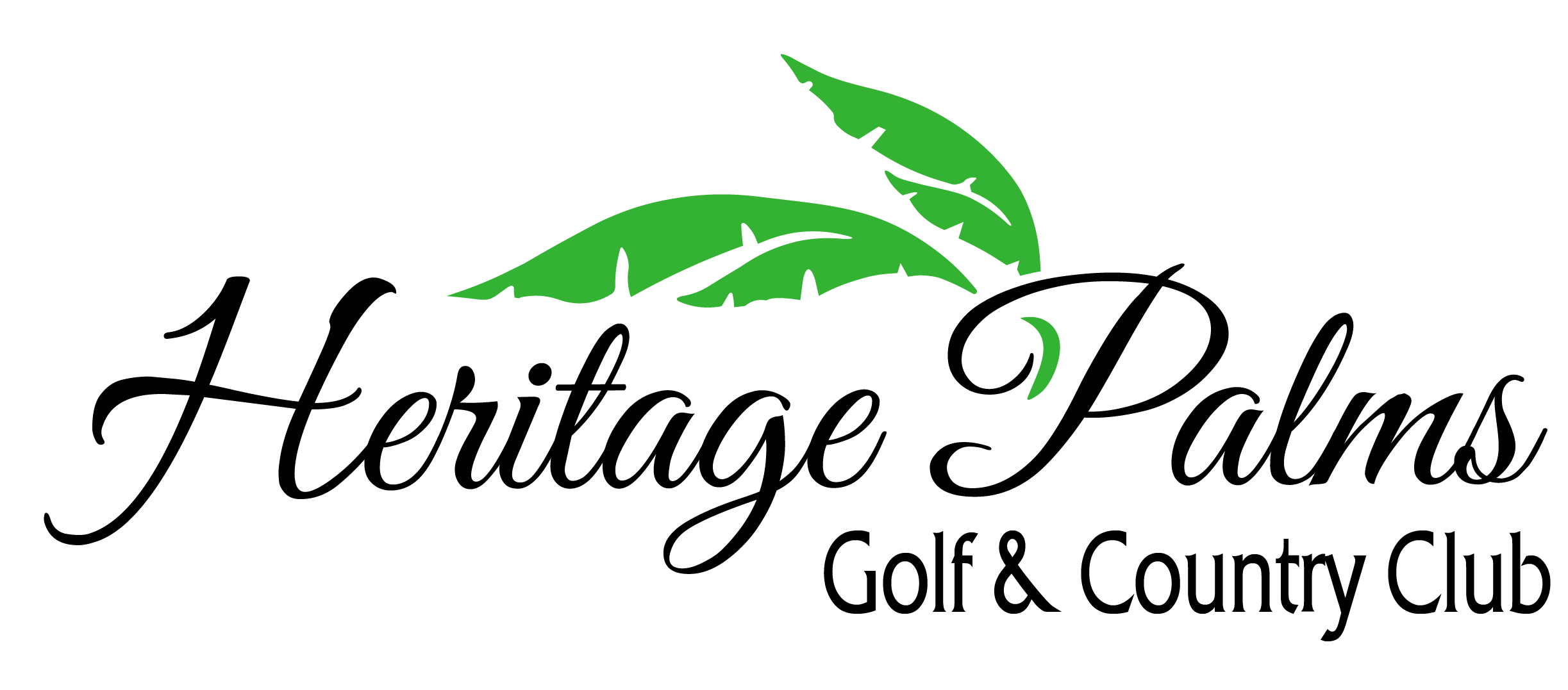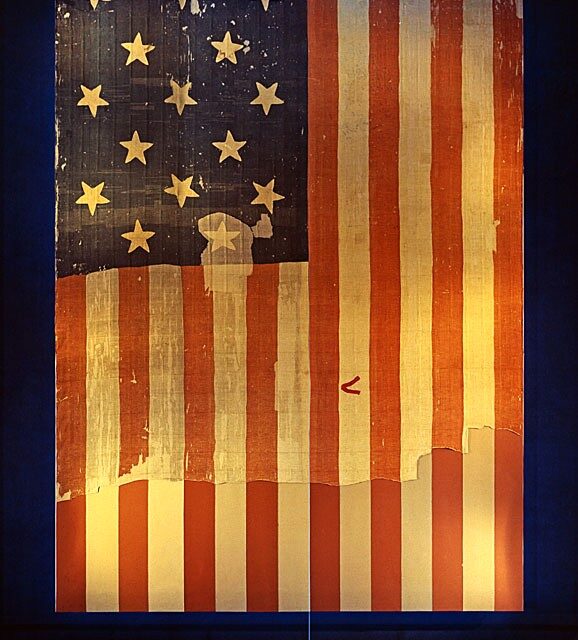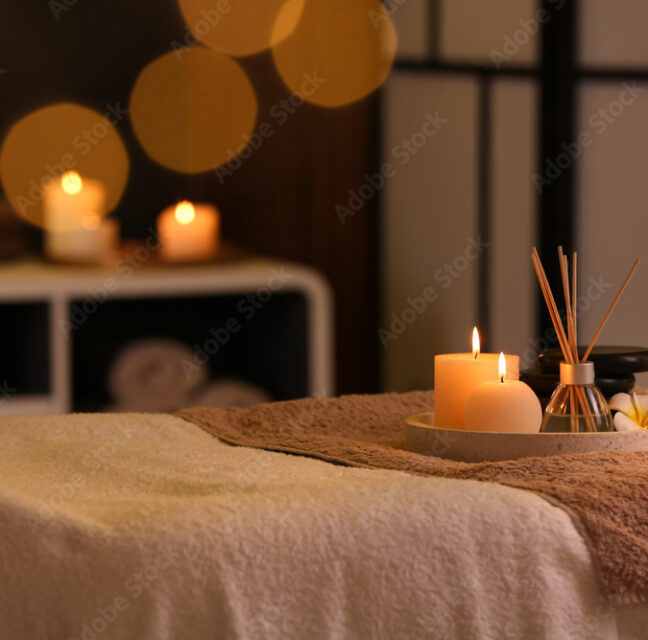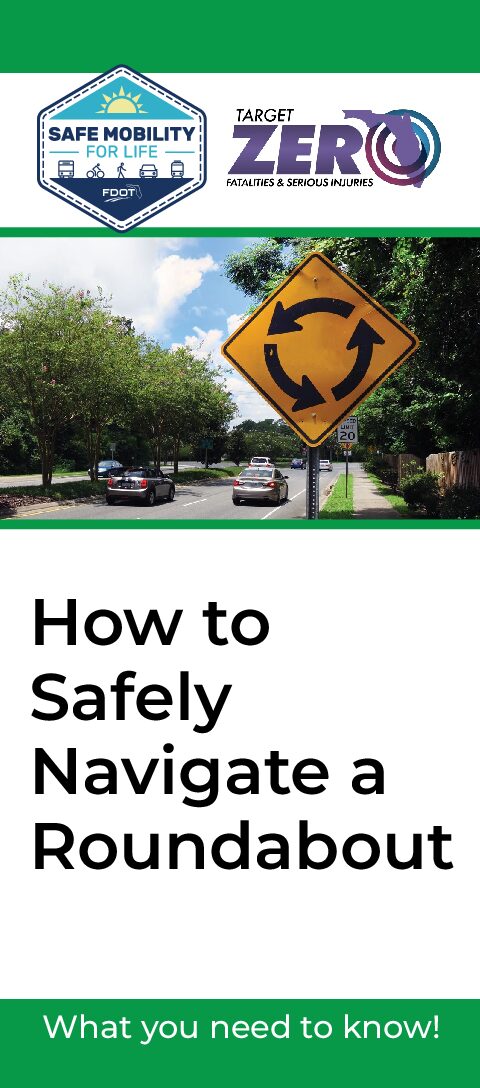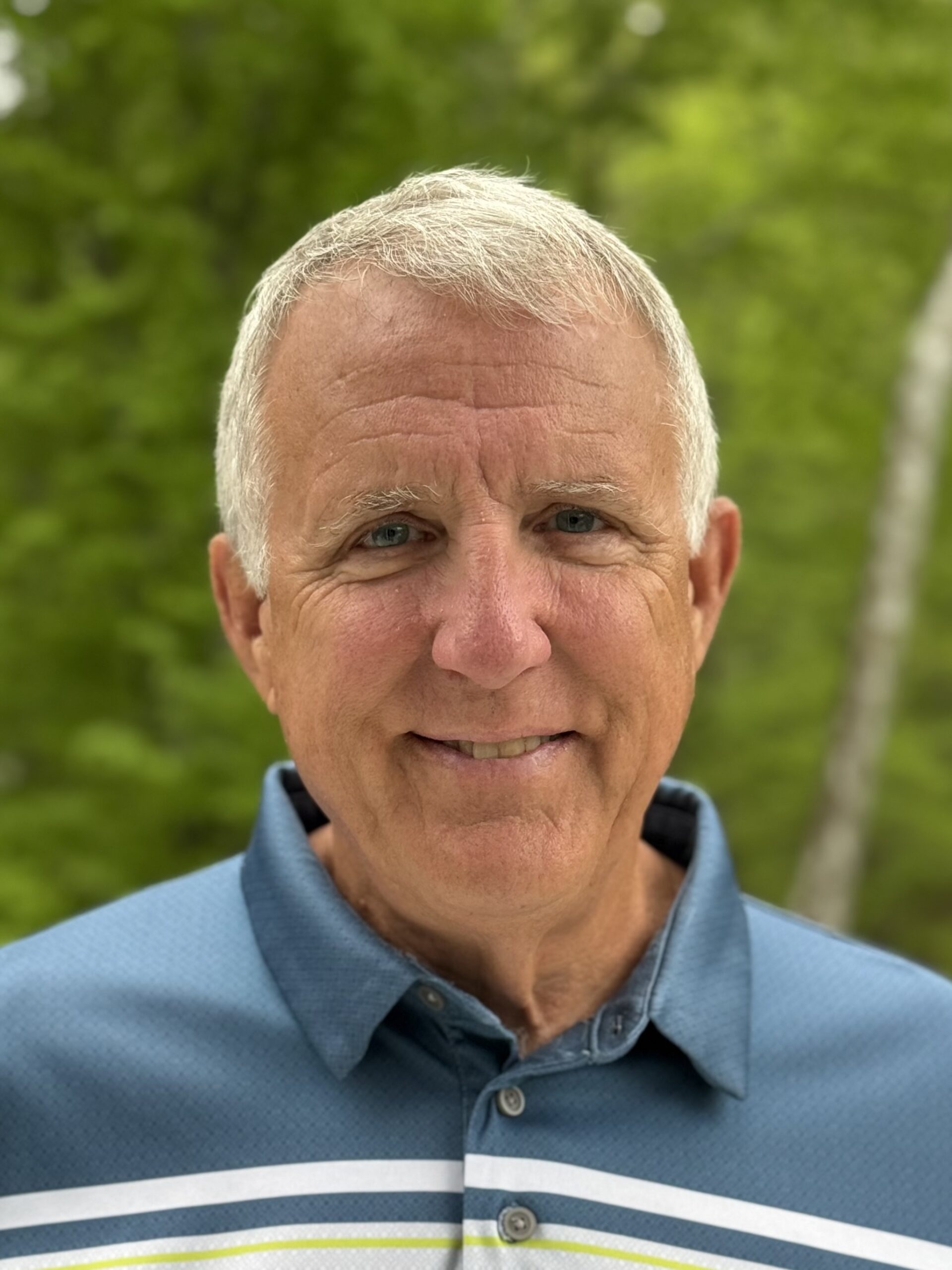
In my last column, I talked about how Heritage Palms has a mission: keep this place running smoothly, beautifully, and maybe even with enough sand in the bunkers and tennis balls in the hopper. To do that, we need to be smart with money.
Now, I know what some of you are thinking: “Aren’t we a nonprofit? So why are we trying to make a profit?” Great question. You’ve also asked, “What does the Board even do with that money?” Another great question. Let’s break it down.
First, a little background—but don’t worry, I’ll keep this more fun than reading your HOA rules. The club posts our monthly and yearly financial reports online, so anyone curious (or just really bored during a rain delay) can check them out. At the end of each year, a group of very serious accountants reviews the numbers to make sure we didn’t accidentally pay the Board Chairman a salary.
So, how’d we do in 2024?
The Club finished the year with about $4.3 million more income than expenses. Impressive, right? But don’t go ordering gold-plated pickleballs just yet. Only $78,000 of that came from our regular operations. The rest came from special assessments (like the Oasis Tiki project) and funds set aside for future repairs and upgrades—kind of like when you save up for a new roof instead of blowing it all on margaritas on Taco Tuesday.
Still, the takeaway is: the Club ran efficiently. The lights stayed on, the grounds got mowed, and nobody had to putt around potholes. That’s a win.
But why does a nonprofit need to make a profit?
Simple. Think of it like your household budget. You want to bring in more money than you spend—or at least break even. If you spend more than you earn every year, eventually you’re going to be in trouble. (And your spouse might suggest you stop playing golf … horrifying, I know.)
Same thing with the Club. We don’t aim to make money, but we also don’t want to lose it. If we end the year with a little left over, it gives us choices.
So, what does the Board do with that extra money? No, they’re not using it to buy monogrammed tennis socks. Usually, the extra funds help:
1. Keep dues from going up like a SpaceX rocket. (You can take that two ways.)
2. Add to our reserve fund (basically, a big piggy bank for future projects).
3. Cover upcoming costs—like maintenance, upgrades, or surprise issues (looking at your community pools).
Most of the time, it’s a mix of all three.
Now, a peek at 2025: it might be a little tougher. The Oasis Tiki will be brand new, and like any newborn, it might not “pay the rent” for a while. Add rising costs and wages, and, well, it’s not all birdies, aces, and sunshine. But the good news? The Club is in solid financial shape. We’ve got a cushion, good planning, and people who care about keeping this community great. So, rest assured: we’re not throwing money around, and no one’s trying replace tennis courts with a dog park. The goal is simple—keep Heritage Palms thriving, fun, and financially healthy, one smart decision at a time.


